IB論文(TOK)輔導課程
?
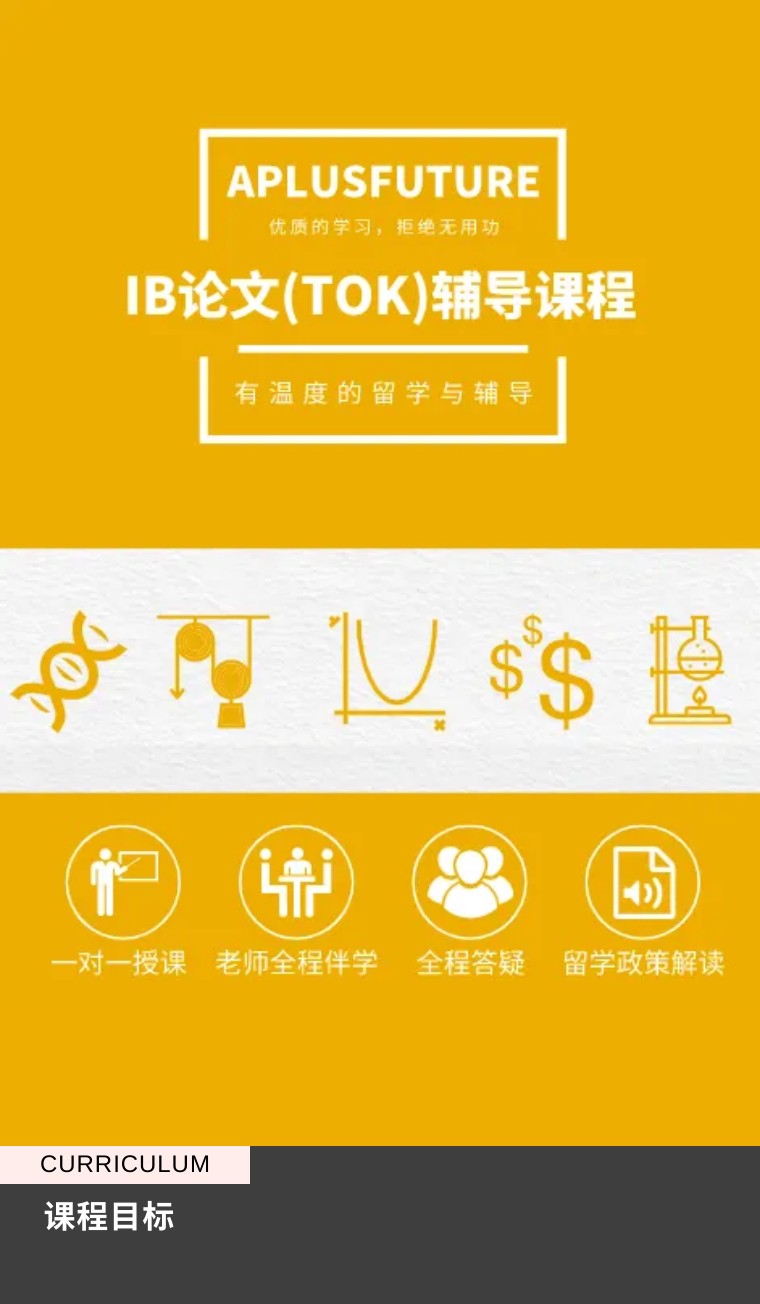
The TOK course is assessed through an oral presentation and a 1,600 word essay.
The presentation assesses the ability of the student to apply TOK thinking to a real-life situation, while the essay takes a more conceptual starting point.

IB論文(TOK)的測試形式通常是以論文寫作為主。但各個等級不同。如下:
Grade A
Knowledge questions are thoroughly explored and clearly related to examples/real-life situations. Effective links are made to areas of knowledge and/or ways of knowing. Analysis is coherent, and well developed. The discussion includes consideration of implications, assumptions, counterclaims and different perspectives.
Grade B
Knowledge questions are explored and related to examples/real-life situations. Links are made to areas of knowledge and/or ways of knowing. Analysis is developed. The discussion identifies some implications and/ or assumptions, and includes some consideration of counterclaims and/or different perspectives.
Grade C
Knowledge questions are considered and related to examples/real-life situations, although these may not always be appropriate. Some links are made to areas of knowledge and/or ways of knowing. Analysis is developed to a limited extent. The discussion is more descriptive than analytical, and counterclaims and different perspectives are identified but not explored
Grade D
There is little consideration of knowledge questions related to examples/real-life situations. Superficial links are made to areas of knowledge and/or ways of knowing. Analysis is not offered, or lacks coherence. The discussion is simplistic and mainly descriptive. There is minimal reference to counterclaims or different perspectives.
Grade E
There is no consideration of knowledge questions. Few, if any, references are made to areas of knowledge or ways of knowing. The discussion is simplistic and descriptive. Counterclaims or different perspectives are not identified.
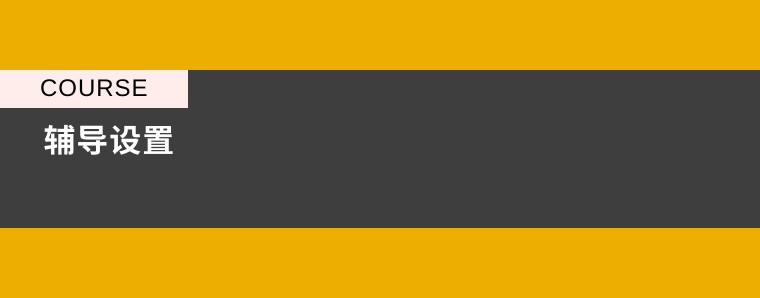
IBTOK01
內容:Topic selection.
課程目的:Providing step-by-step guide for Topic selection, general rules and Writing standards,與學員進行第1次的選題,介紹所有題目的詳細背景,了解學員的情況,介紹IA基本規則
輸出結果:為下一步課程做前期準備
完成主體:學生與導師共同完成
IBTOK02
內容:Conventional discussion
課程目的:Introduce students to the concept of TOK essay Skills and explore which aspect shall be considered and what kind of background information shall be collected. 介紹TOK寫作章法, 并與學生共同制定寫作方向以及內容, 介紹該方向的背景資料。掌握AOK以及WOK方法
輸出結果:形成初步稿件
完成主體:學生與導師共同完成
IBTOK03
內容:Mind Map
課程目的:Explore the concept of mind Map. begin to understand and draw the mind map for the TOK.了解思維導圖并為所選擇的題目進行思維導圖的構建,為TOK做寫作大綱的制定
輸出結果:寫作大綱制定
完成主體:學生與導師共同完成
IBTOK04
內容:Essay guide
課程目的:Help student to form the TOK essay with logical diversity into following parts : introduction, knowledge claim, Argument (AOK 1), Counter Argument (AOK2), counter-counter Argument (AOK3), repeat AOK 1-3, Assumption and implicatio, conclusion 從上述10個方向來定稿并進行寫作指導
輸出結果:寫作部分 Writing
完成主體:學生與導師共同完成
IBTOK05
內容:PPT guide.
課程目的:Began to form the PPT output. 幫助學員完成PPT的規劃
輸出結果:寫作部分 Writing
完成主體:學生與導師共同完成
IBTOK06
內容:Proof Read
課程目的:Finalizing the last version of TOK with grammatical correction 考綱要求規范文體,語法糾錯
輸出結果:最終定稿
完成主體:導師完成
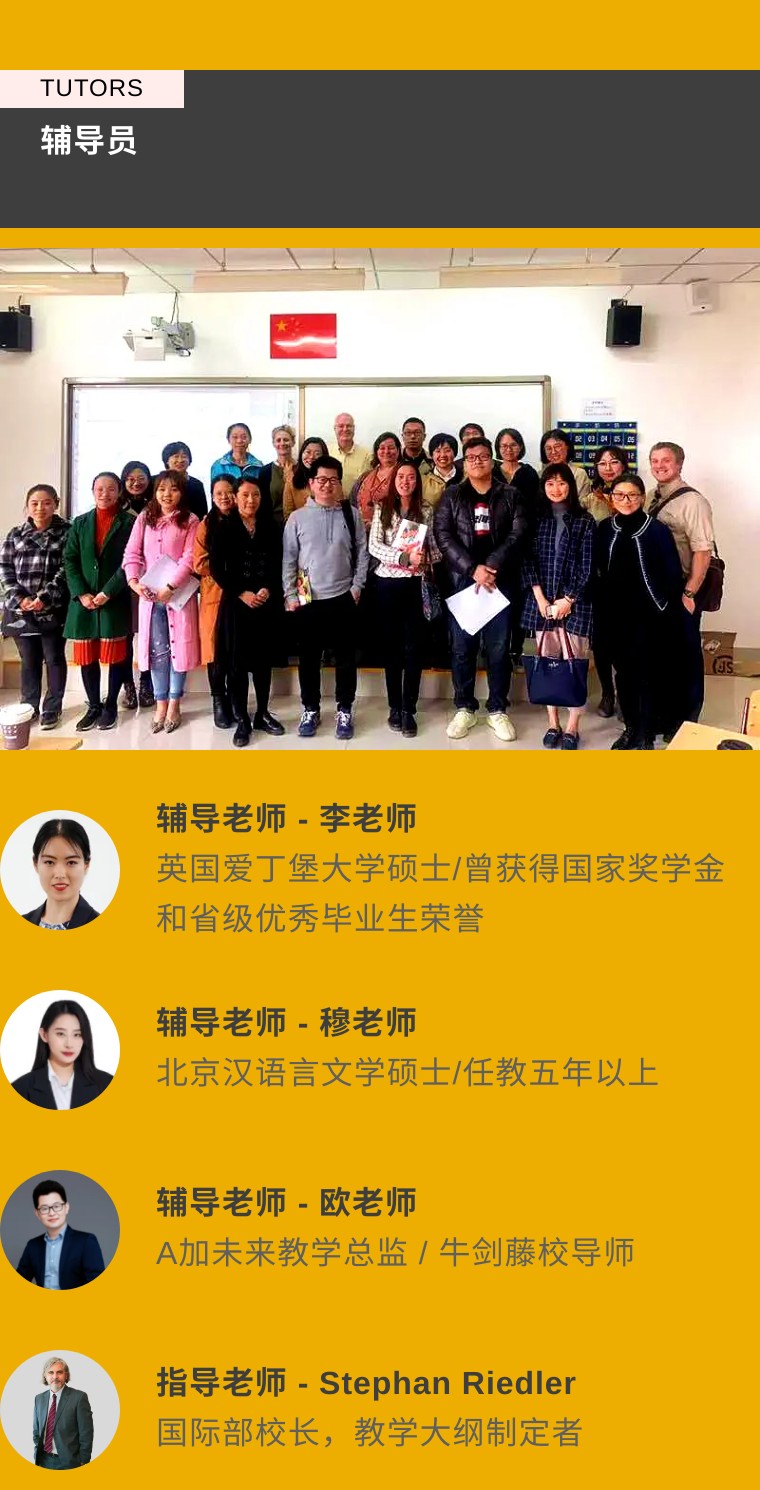
A加未來的課程輔導已經達到非常高的水平, A加未來顧問團隊成員與課程導師對課程的考綱,測評重點與課程實時同步。在歷年的考試中均有優異的成績!
輔導老師擁有多年的輔導背景,有著豐富的教學經驗。 輔導老師負責學生整體的課程以及專項提高。

-
學生需要具備一定的語言溝通能力
-
學生能夠清晰的明確輔導方向
-
能夠配合老師完成輔導目的

-
學生不能選擇同一時間段的兩門或以上輔導內容否則會導致時間沖突。
-
本輔導內容設有參與人數的下限、上限。人數達到上限后,該輔導則無法選擇,參與人數未達到人數下限,則不能輔導。A加未來享有對此類留學輔導課的開設與否的最終解釋權。
-
設置、管理、評定等由A加留學服務委員會進行監督。輔導質量評估委員會由留學中心負責、總監、講師組成,保障輔導環節的科學性及嚴謹性。
-
學生必須簽署A加未來留學或留學課程輔導合同,并遵守合同中所列事項

課程內容100%覆蓋考綱,重點難點全方位解析
1、我們通過對近10年真題進行全面分析統計,總結出分值占比最大、失分率較高的考點,以此設計出30小時的課程安排。
2、突出重點,強化難點,以滿足同學在較短時間可以有最大限度的查漏補缺的需求。
3、學生完成本課程后將對80%以上的考試內容,100%的考試重點、難點有更清晰、深層次的理解。
4、課程搭配的練習題80%以上采用歷年考試的真題,完全切合真正考試的方向和難度,學生將在課程學習后,進一步熟悉考試大綱、掌握考試重點、難點知識內容。

?
上一篇:IB論文(IA)輔導課程
下一篇:IB論文(EE)輔導課程








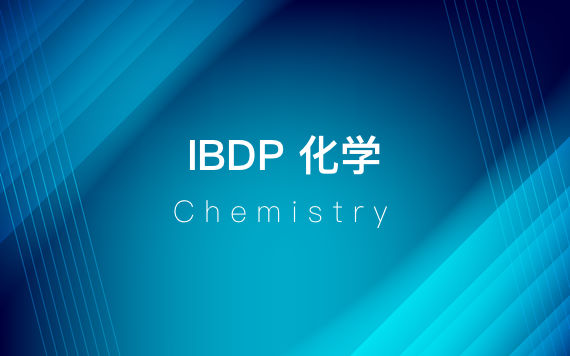

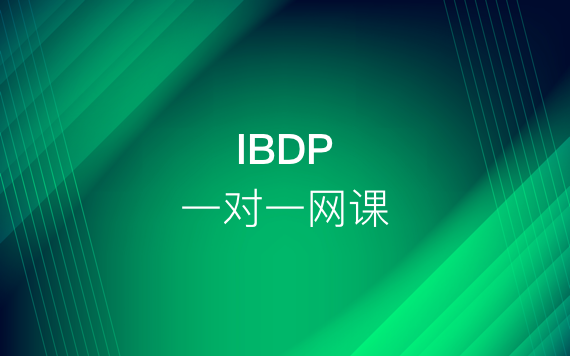
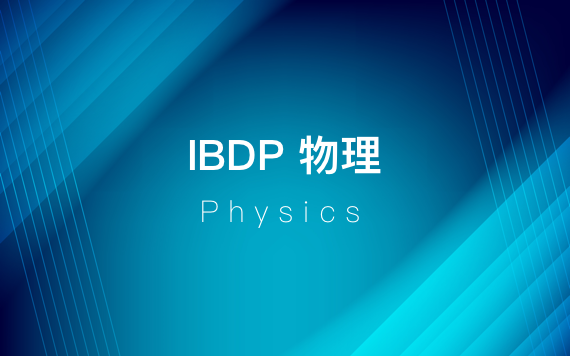
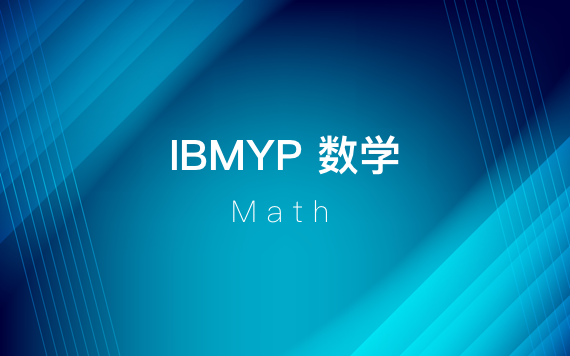
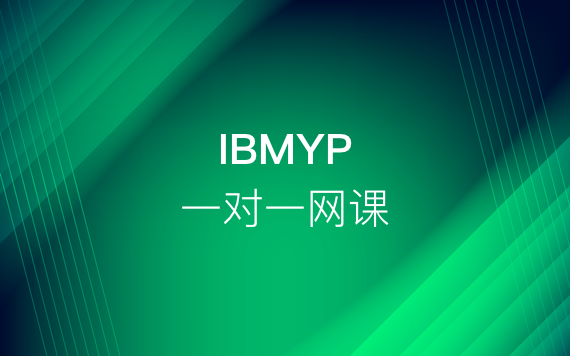

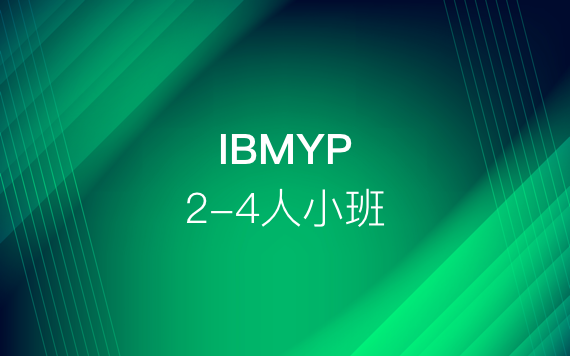








 免費電話
免費電話 